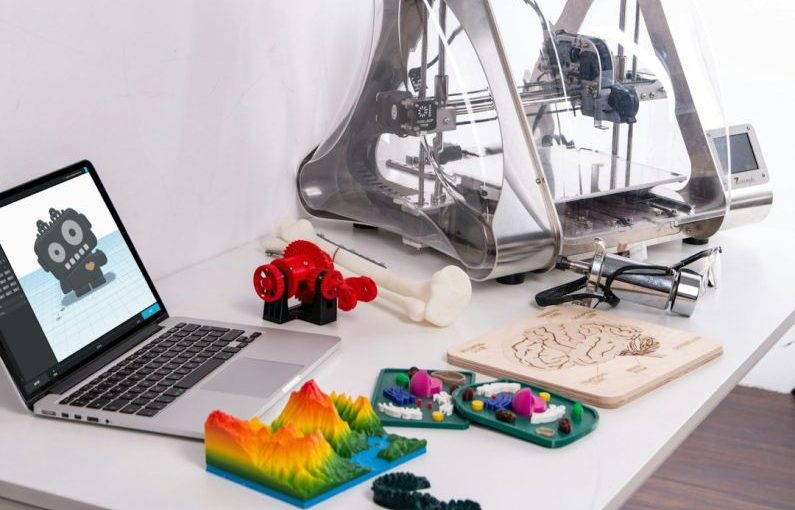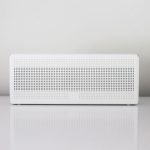Sugar, a seemingly simple ingredient, plays a crucial role in the fascinating world of 3D food printing. This innovative technology has been revolutionizing the way we prepare and consume food, offering endless possibilities for creativity and customization. In this article, we delve into the role of sugar in 3D food printing and explore its impact on the future of culinary arts.
**The Sweet Side of 3D Food Printing**
When we think of 3D food printing, the first thing that comes to mind may not necessarily be sugar. However, sugar serves as a key component in this cutting-edge process, enabling chefs and food enthusiasts to create intricate and visually stunning edible designs. With the ability to print detailed patterns, shapes, and textures, sugar opens up a world of artistic possibilities in the realm of food presentation.
**Precision and Complexity**
One of the primary reasons why sugar is essential in 3D food printing is its unique properties that allow for precision and complexity in design. Sugar can be melted and solidified at specific temperatures, making it an ideal material for creating intricate structures with fine details. This level of precision is crucial for achieving intricate shapes and patterns that would be challenging to replicate by hand.
**Customization and Personalization**
Another significant advantage of using sugar in 3D food printing is the ability to customize and personalize edible creations. Whether it’s a special event, a themed party, or a personalized gift, sugar allows chefs to tailor their designs to suit individual preferences and dietary requirements. From personalized messages to intricate decorations, the flexibility of sugar in 3D printing adds a unique touch to culinary creations.
**Enhanced Flavor and Texture**
Beyond aesthetics, sugar also plays a role in enhancing the flavor and texture of 3D printed food. By carefully controlling the amount of sugar used in the printing process, chefs can adjust the sweetness of their creations to suit different tastes. Additionally, the crystalline structure of sugar can contribute to the texture of printed foods, adding a satisfying crunch or smooth finish to the final product.
**Challenges and Innovations**
While sugar offers numerous benefits in 3D food printing, it also presents its own set of challenges. One of the main concerns is the delicate nature of sugar, which can be prone to melting or crystallizing during the printing process. To address these issues, researchers and food technologists are continuously innovating new techniques and materials to improve the stability and durability of sugar-based prints.
**Exploring New Frontiers**
As 3D food printing continues to evolve, the role of sugar in this innovative technology is likely to expand even further. From intricate dessert decorations to customized confectionery creations, the possibilities for sugar in 3D printing are virtually limitless. With ongoing advancements in materials science and culinary technology, we can expect to see even more exciting developments in the intersection of sugar and 3D food printing.
**A Sweet Future Ahead**
In conclusion, sugar plays a multifaceted role in the realm of 3D food printing, offering a unique blend of creativity, precision, and flavor enhancement. As this technology continues to gain popularity and accessibility, we can look forward to a future where sugar becomes an indispensable ingredient in the world of culinary arts. Whether it’s creating elaborate dessert displays or personalized treats, the sweet side of 3D food printing is sure to leave a lasting impression on food enthusiasts and innovators alike.





